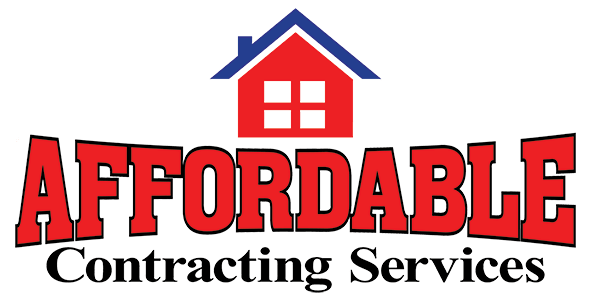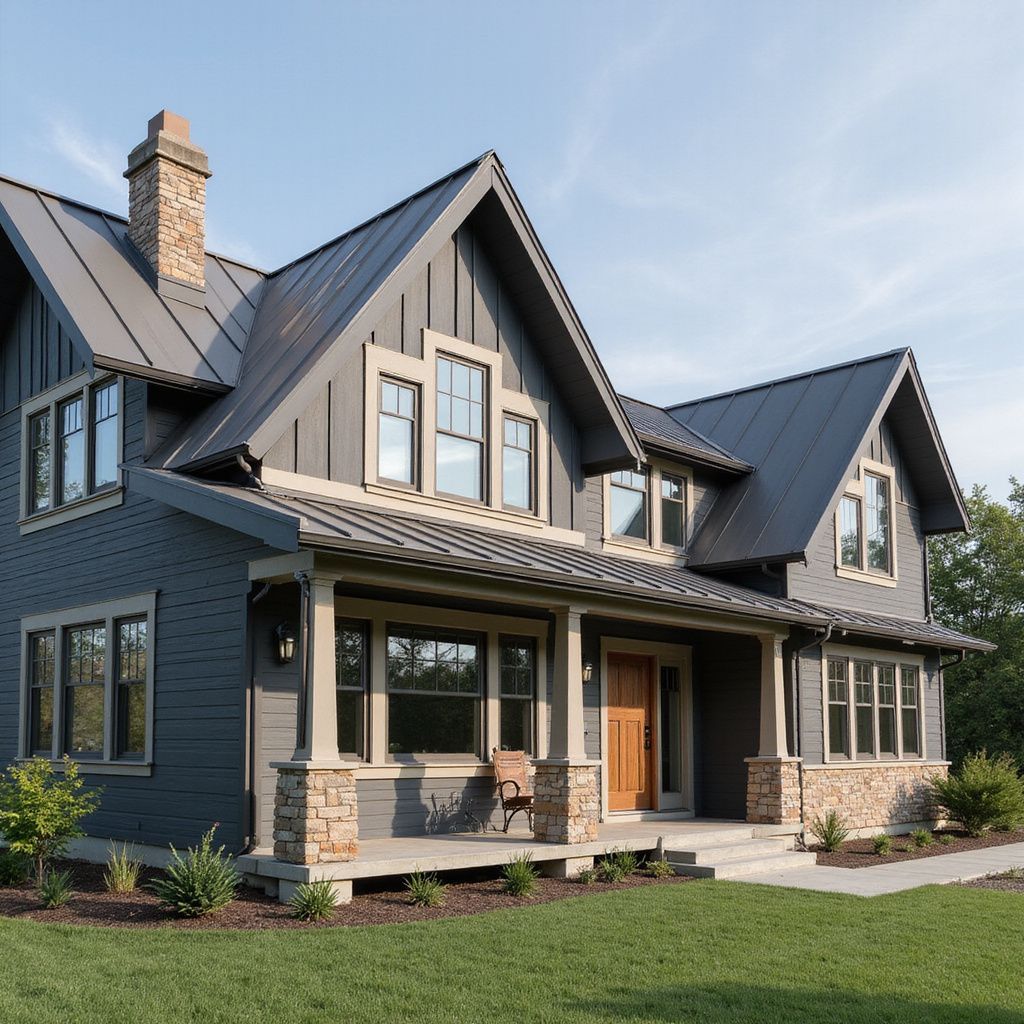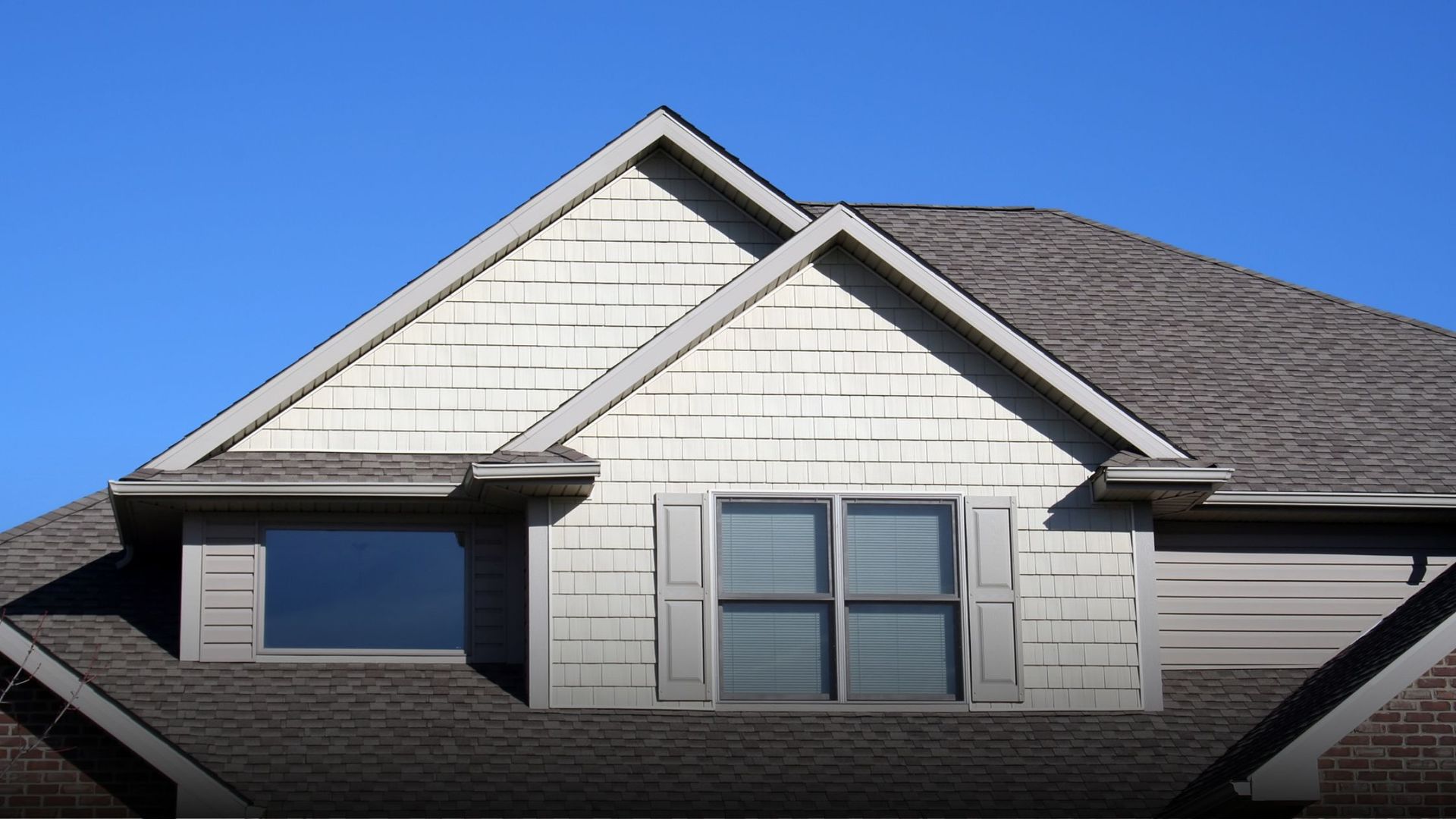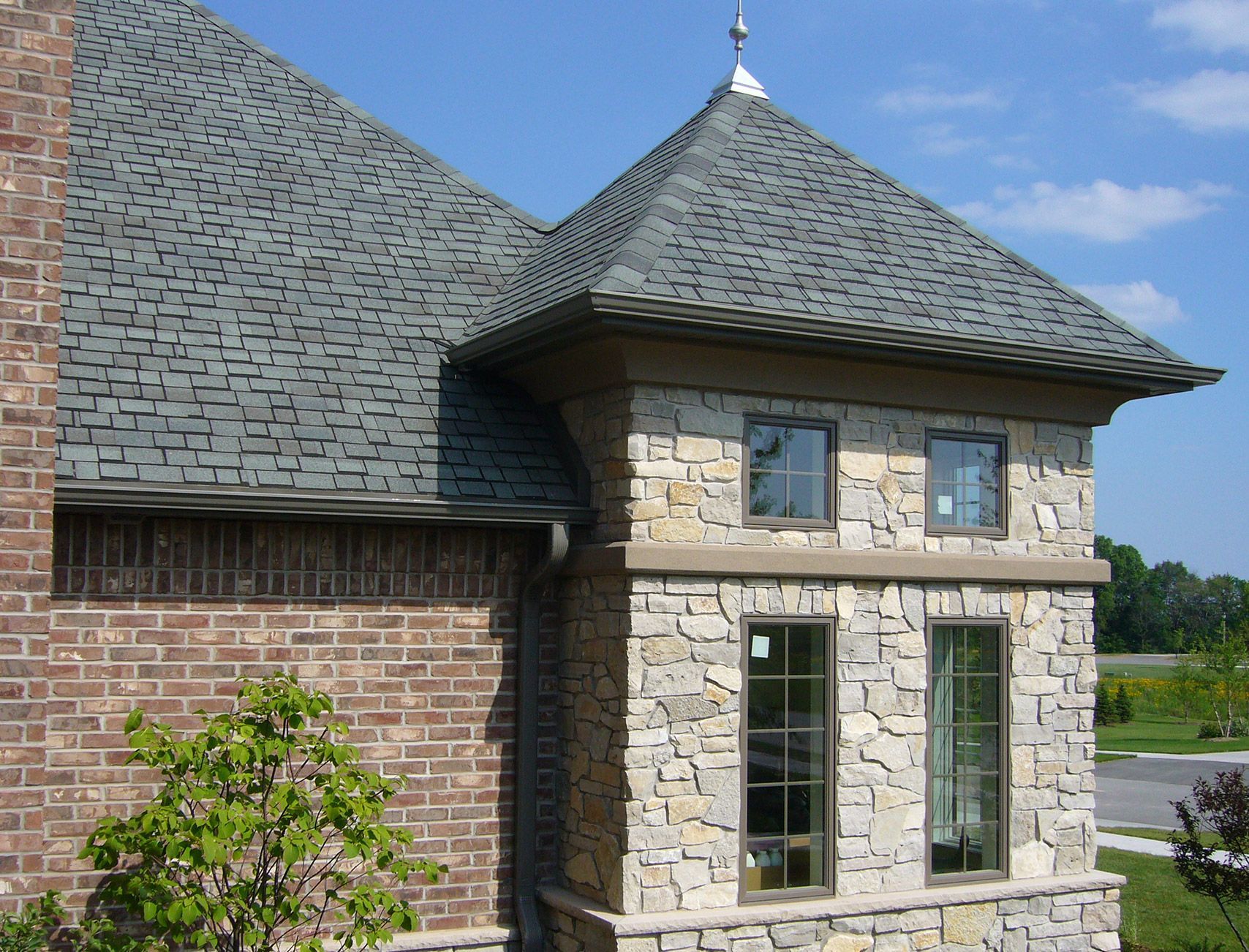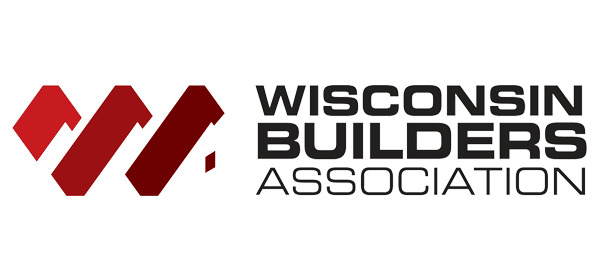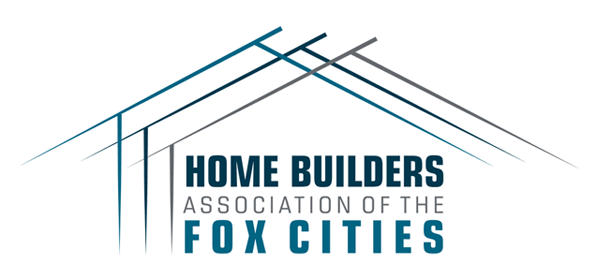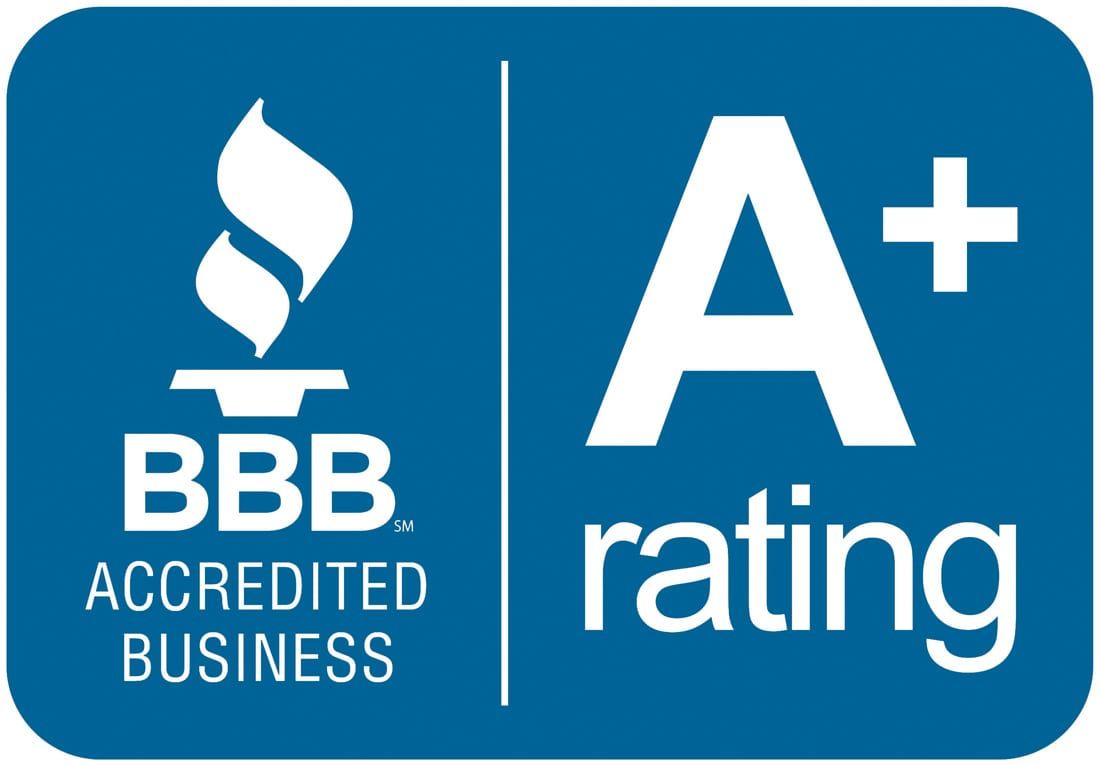7 Undeniable Signs It’s Time for a New Roof in Wisconsin
Your roof works hard in Wisconsin’s unpredictable weather — from icy winters and heavy snow loads to humid summers and sudden storms.
But even the toughest roofs eventually need replacement. Ignoring the warning signs can lead to costly damage inside your home.
Here are 7 undeniable signs it might be time for a new roof.
1. Shingles Are Curling, Cracked, or Missing
Take a close look at your shingles — are they curling at the edges or breaking apart?
If you notice bald spots or missing shingles, your roof is likely nearing the end of its life. These issues allow water to sneak in and compromise your roof’s protective barrier.
Wisconsin tip: High winds and ice dams often cause shingles to lift or break free, especially on older roofs.
2. You’re Finding Granules in the Gutters
Those small, sand-like granules on asphalt shingles protect your roof from the sun.
When they start washing into your gutters or downspouts, it means your shingles are deteriorating and losing their weather resistance. Once the granules are gone, your roof’s lifespan shortens quickly.
3. Leaks or Water Stains Inside Your Home
Water spots on your ceiling or walls are a clear sign that something’s wrong. Even a small leak can lead to mold, rot, and structural damage over time.
Quick check: Look in your attic after a heavy Wisconsin rainstorm or snow melt — if you see damp insulation or daylight through the boards, it’s time to call a professional.
4. Your Roof Is Over 20 Years Old
Most asphalt roofs last between 20–25 years. If yours was installed more than two decades ago, it’s likely due for replacement — even if it “looks fine” from the ground.
Materials degrade over time, and hidden issues can develop under the surface.
Bonus tip: If neighbors with homes built around the same time are replacing their roofs, yours is probably next in line.
5. Sagging Roof Lines
A roof should have straight, sturdy lines.
If you notice a dip or sag in the ridge or surface, that’s a structural red flag. It could mean trapped moisture, rotting decking, or weakened rafters — all of which require immediate attention.
6. Rising Energy Bills
If your heating and cooling costs have climbed without another clear reason, your roof could be the culprit.
Poor insulation or ventilation allows heat to escape in winter and traps hot air in summer — common issues in older Wisconsin homes. A new roof with proper ventilation can make your home more energy efficient year-round.
7. Moss, Algae, or Dark Streaks
While moss or algae growth might seem like a cosmetic issue, it can hold moisture against your shingles, leading to faster deterioration. In Wisconsin’s damp climate, this is especially common on shaded roofs. Replacing your roof gives you a clean start — and you can install algae-resistant shingles to prevent future growth.
Don’t Wait Until It Leaks
Small roofing problems rarely stay small. Addressing issues early can save you thousands in water damage and energy costs.
At Affordable Contracting Services , we’ve been replacing roofs across Neenah, Appleton, and the Fox Valley since 2003. Our experienced team delivers reliable, long-lasting results designed for Wisconsin weather.
👉 Request your free roofing estimate today.
Call (920) 216-2243 or contact us online.
Frequently Asked Questions About Roof Replacement in Wisconsin
How long does a roof last in Wisconsin?
Most asphalt shingle roofs last around 20 to 25 years, depending on the materials used, installation quality, and exposure to Wisconsin’s harsh winters and summer storms. Metal and premium shingles can last longer with proper maintenance.
What’s the best type of roof for Wisconsin weather?
Architectural asphalt shingles are the most popular choice in Wisconsin because they’re durable, cost-effective, and designed to handle snow and ice. Metal roofing is another strong option for longevity and energy efficiency.
Can a few missing shingles be repaired instead of replacing the whole roof?
If the damage is minor and isolated, repairs may be possible. But if you’re seeing widespread wear, curling, or granule loss, a full replacement is usually the smarter long-term investment.
Does homeowners insurance cover roof replacement?
If your roof was damaged by a covered event like hail, wind, or a storm, insurance may help with the cost. Normal wear and tear, however, typically isn’t covered. It’s best to document damage and check your policy details.
When is the best time of year to replace a roof in Wisconsin?
Most roof replacements happen between spring and fall when the weather is dry and temperatures are moderate. Affordable Contracting Services schedules projects around local weather to ensure quality installation and minimal disruption.
